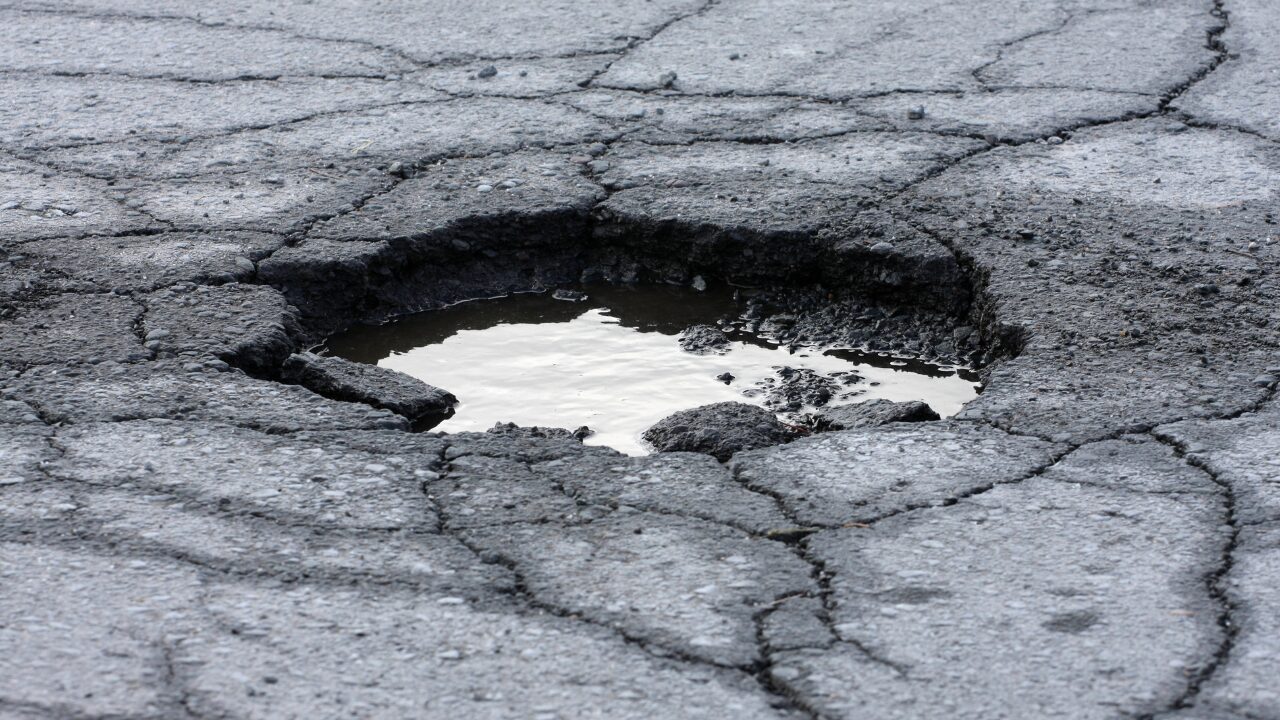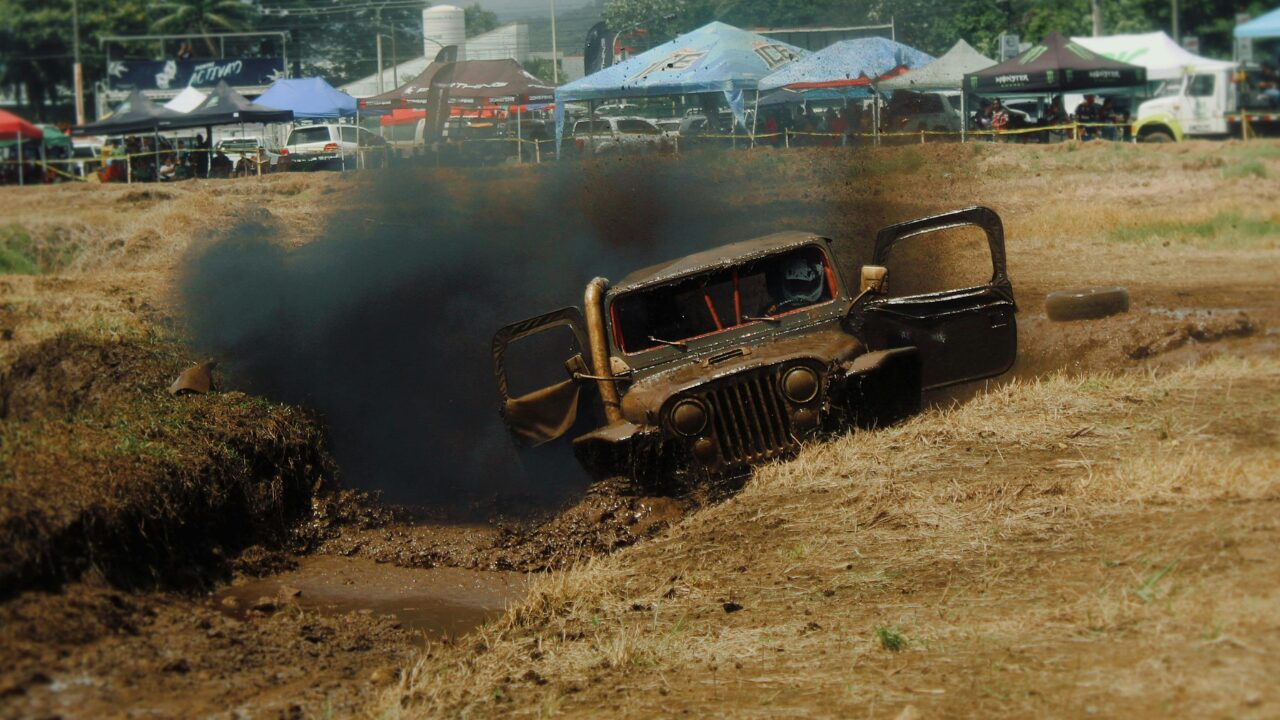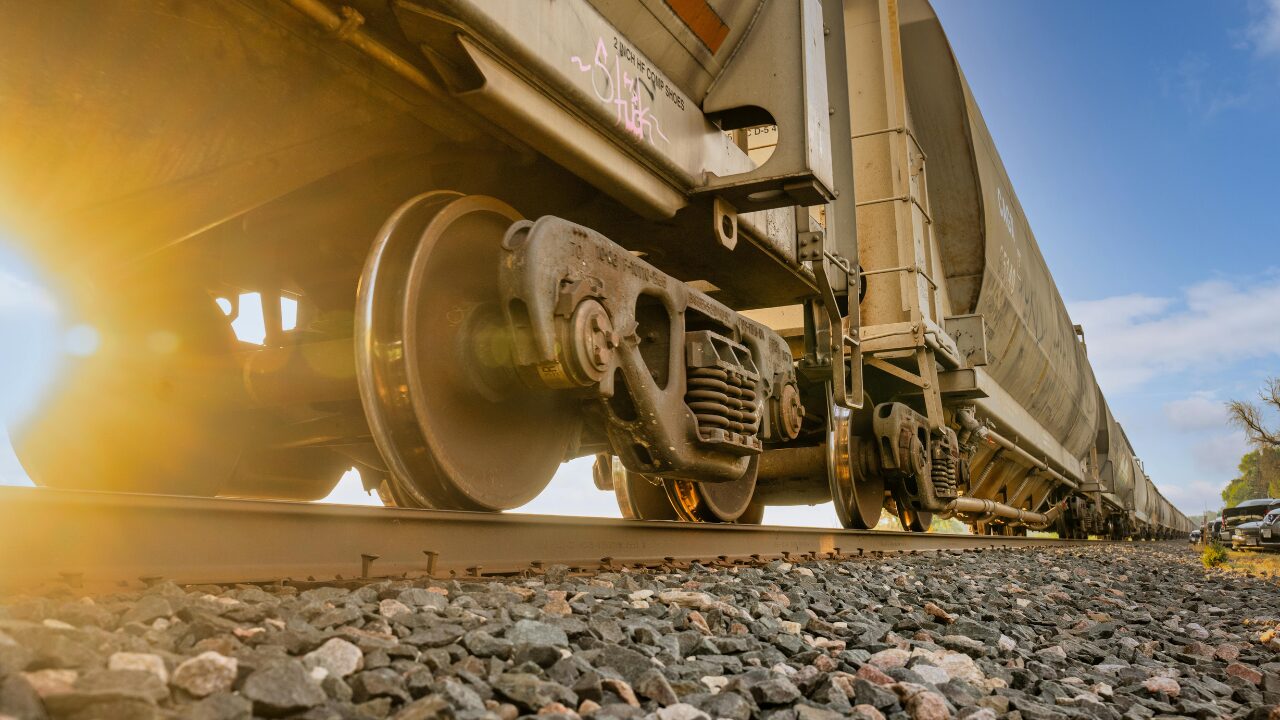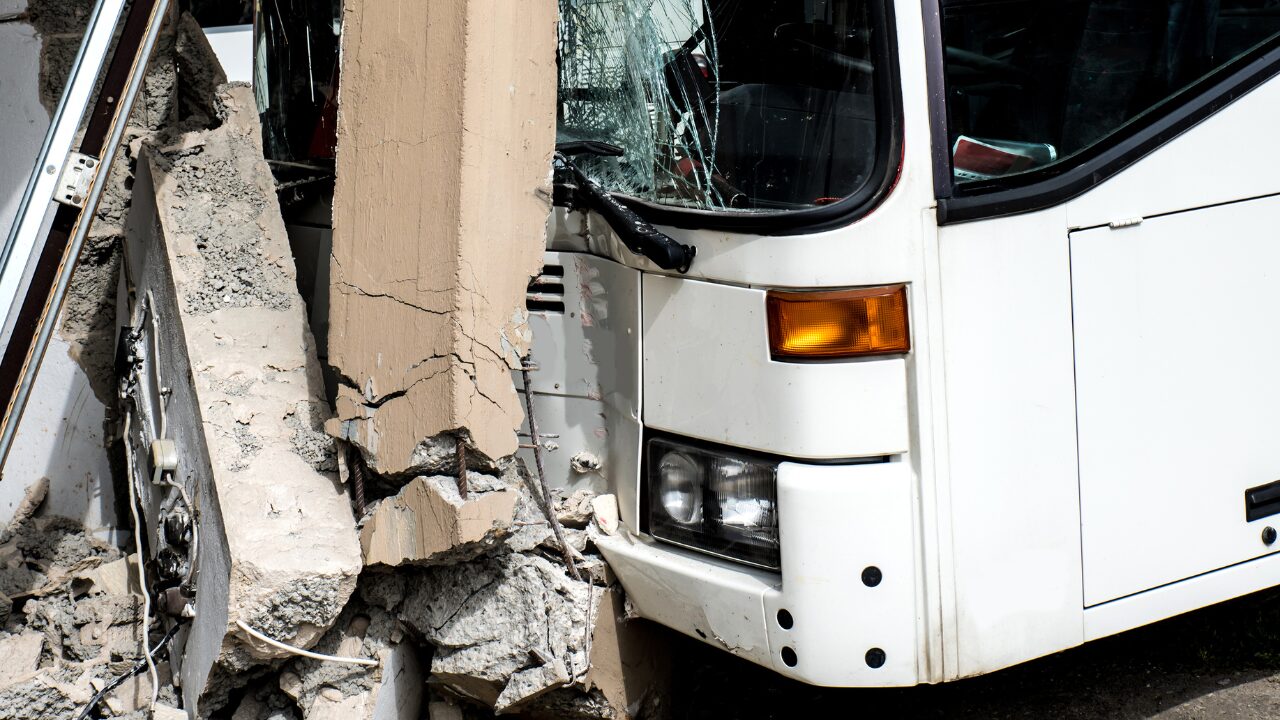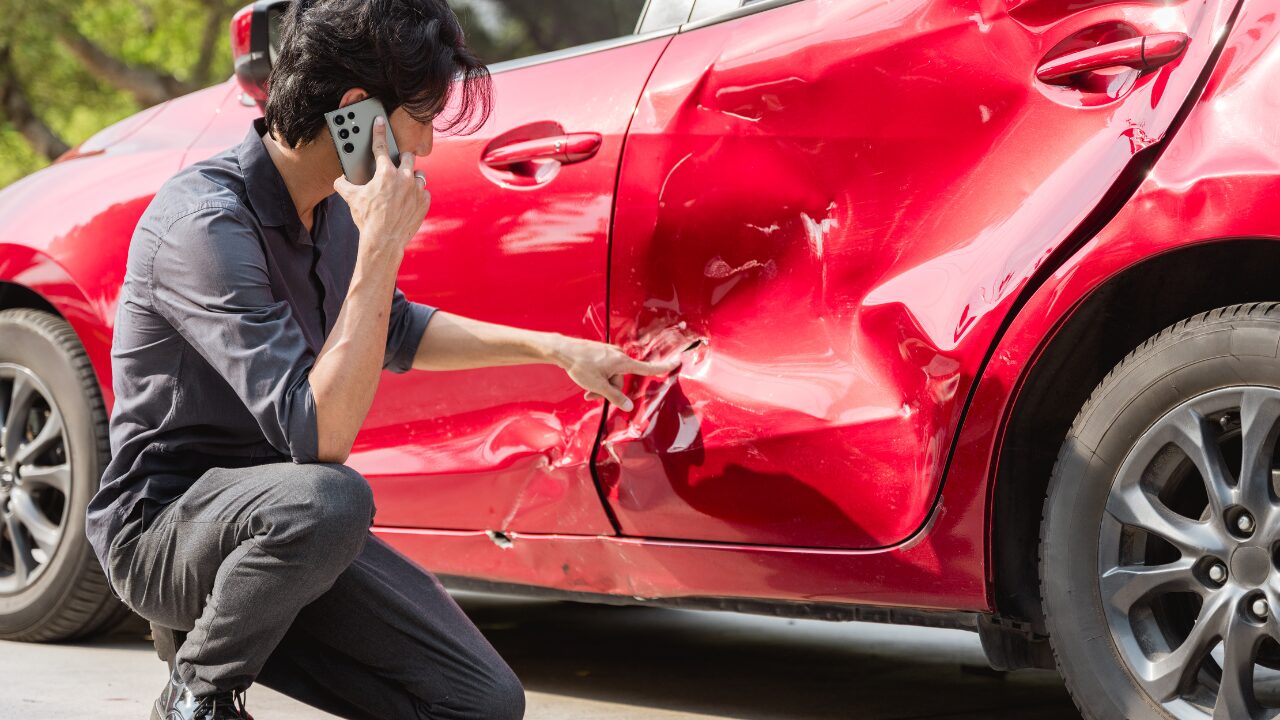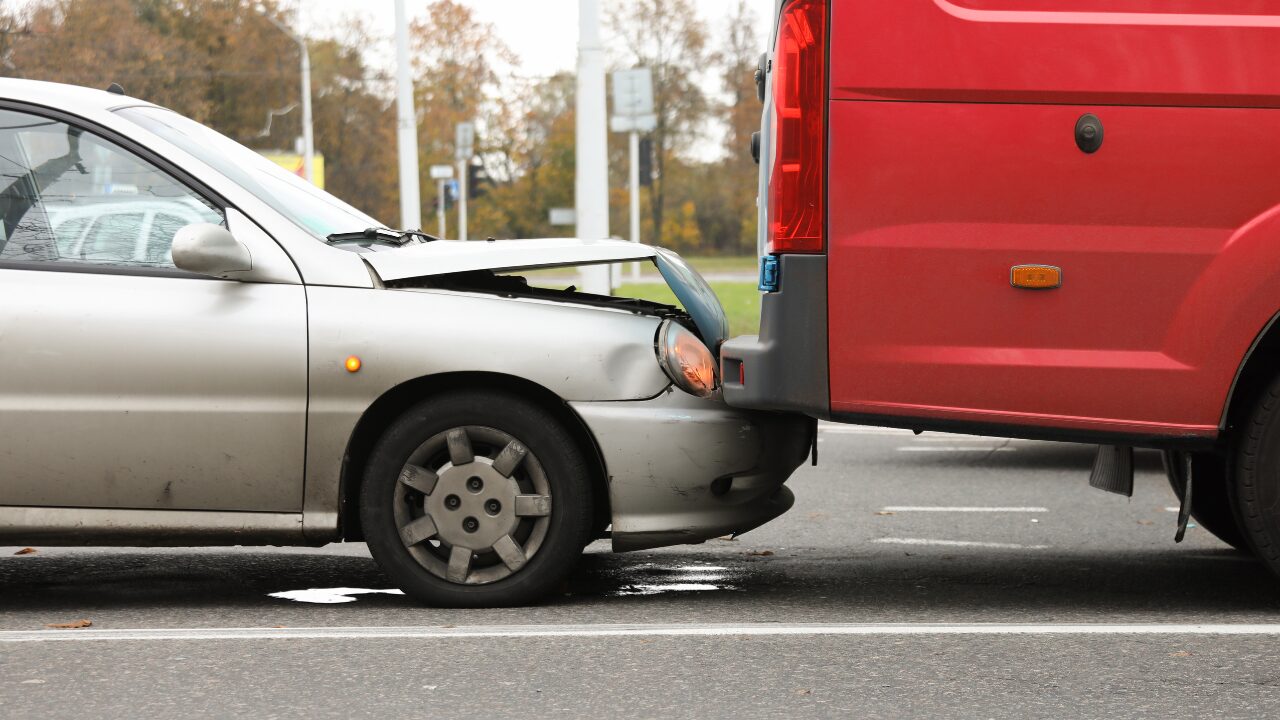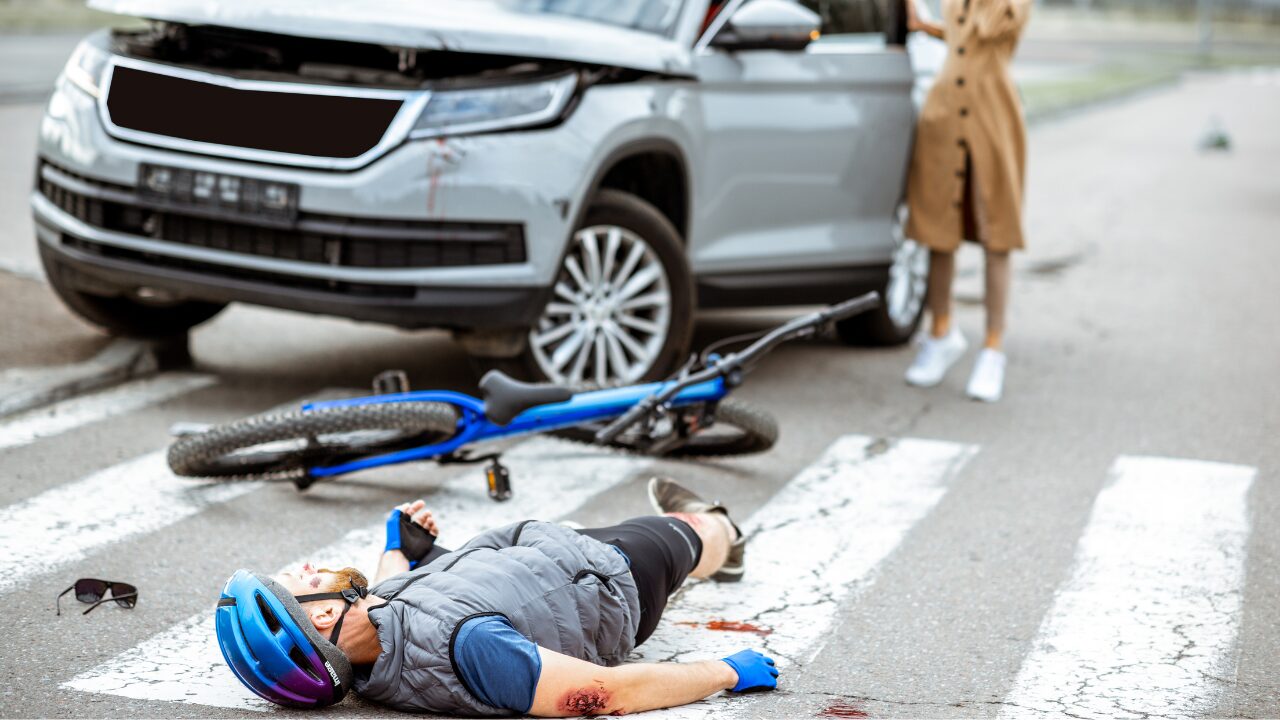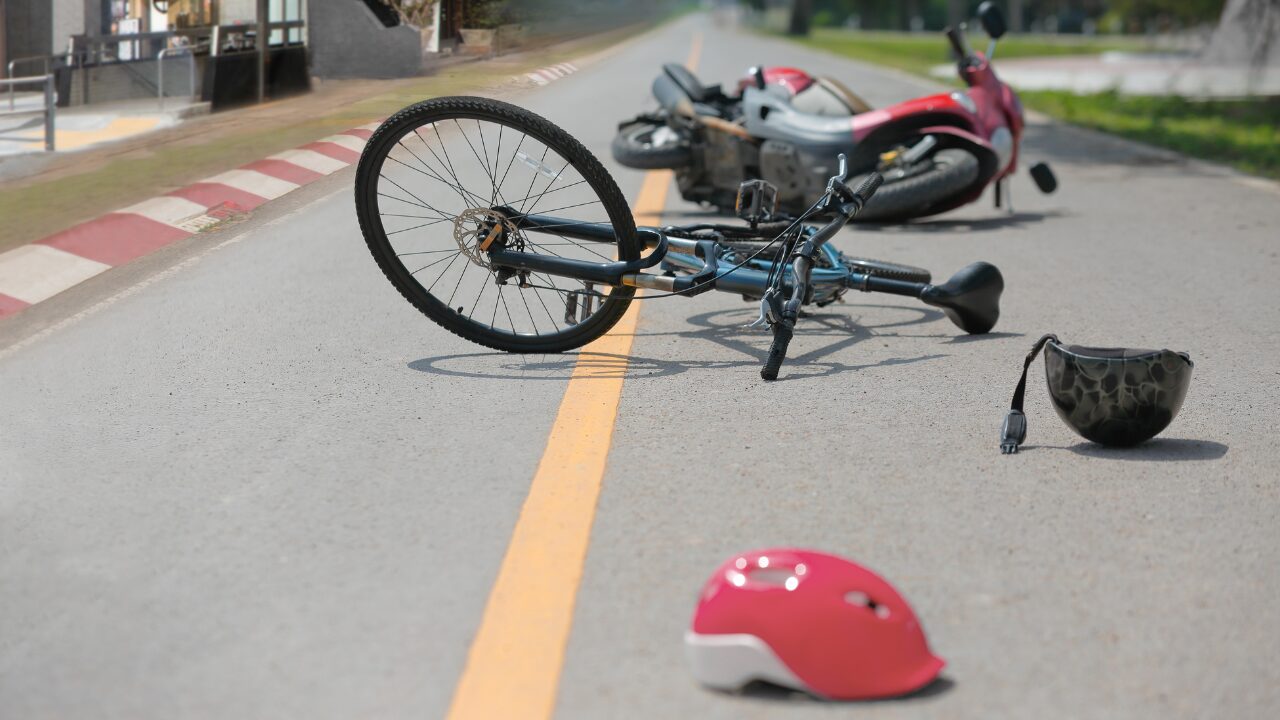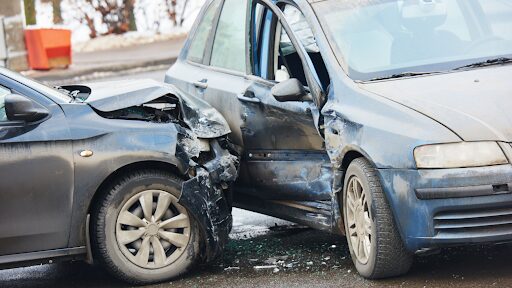T-bone side-impact crashes are among the most dangerous types of car accidents on American roads. When one vehicle strikes another directly on its side, the results can be catastrophic. Unlike front or rear collisions where crumple zones provide some protection, side-impact crashes leave occupants vulnerable to severe injuries. If you or a loved one has been hurt in a T-bone collision, understanding your legal rights is crucial to securing the compensation you deserve.
These accidents typically occur at intersections, parking lots, and areas where traffic crosses paths. The forces involved in a perpendicular collision can cause serious harm even at moderate speeds. Victims often face mounting medical bills, lost wages, and long-term complications that change their lives forever. Prince & Associates, PLLC has decades of experience helping injury victims recover compensation after T-bone side-impact crashes. Our team understands the unique challenges these cases present and fights to hold negligent drivers accountable.
What Are T-Bone Side-Impact Crashes?
A T-bone collision occurs when the front end of one vehicle strikes the side of another vehicle, forming a “T” shape. These perpendicular impacts concentrate force on a relatively small area of the struck vehicle, often directly where passengers sit. The term “broadside collision” is sometimes used interchangeably with T-bone crashes.
Side-impact collisions are particularly dangerous because vehicle doors and side panels offer minimal protection compared to front and rear structures. While modern cars include side-impact airbags and reinforced door beams, these safety features cannot always prevent serious injuries when another vehicle crashes into the side at high speed.
The severity of injuries in T-bone accidents depends on several factors: the speed of the striking vehicle, the size difference between vehicles, the specific point of impact, and whether safety equipment functioned properly. Passengers on the struck side typically suffer the worst injuries, though drivers and other occupants can also be seriously hurt.
Common Causes of T-Bone Side-Impact Collisions
Understanding how these accidents happen is essential for establishing liability and building a strong legal case. Most T-bone crashes result from one or more acts of driver negligence.
Running red lights and stop signs represents the leading cause of intersection T-bone accidents. When a driver ignores traffic signals or fails to yield the right-of-way, they may strike vehicles lawfully crossing their path. These violations often indicate clear fault in personal injury claims.
Distracted driving contributes to countless side-impact collisions each year. Drivers texting, adjusting navigation systems, or engaging with passengers may fail to notice traffic signals, stop signs, or other vehicles until it’s too late. Even a momentary lapse in attention can result in a devastating T-bone crash.
Impaired driving from alcohol or drugs severely compromises judgment and reaction time. Intoxicated drivers frequently run red lights, misjudge gaps in traffic, or fail to process intersection hazards. When impairment causes a T-bone collision, victims may pursue enhanced damages against the negligent driver.
Left-turn accidents occur when drivers turn across oncoming traffic without adequate clearance. Misjudging the speed of approaching vehicles or attempting to “beat” oncoming traffic can result in severe side-impact crashes. The turning driver typically bears liability in these scenarios.
Speeding magnifies the danger of any collision. Drivers traveling above posted limits have less time to react to changing traffic conditions and cannot stop quickly enough to avoid T-bone impacts at intersections. Excessive speed also increases the force of collision and severity of resulting injuries.
Weather and road conditions sometimes contribute to T-bone crashes when drivers fail to adjust their behavior appropriately. Rain, ice, or poor visibility require extra caution at intersections, yet some drivers maintain unsafe speeds or fail to anticipate hazards.
If you’ve been injured in a T-bone side-impact crash caused by someone else’s negligence, call (888) 844-9406 or email contactus@princelawassociates.com for a free case evaluation. Our experienced attorneys will review the circumstances of your accident and explain your legal options.
Determining Liability and Seeking Compensation
Establishing fault in T-bone collision cases requires careful investigation of the accident circumstances. Our legal team examines multiple sources of evidence to build compelling claims for our clients.
Traffic laws and right-of-way rules provide the foundation for most liability determinations. Drivers who violate traffic signals, ignore stop signs, or fail to yield typically bear responsibility for resulting collisions. Police reports often document these violations, creating strong evidence for injury claims.
Witness statements can prove invaluable in side-impact cases. Bystanders who observed the collision may confirm which driver had the right-of-way, whether signals were obeyed, or other critical details. We interview witnesses promptly to preserve accurate accounts of what happened.
Accident reconstruction helps clarify disputed facts. Experts analyze vehicle damage, skid marks, final vehicle positions, and other physical evidence to determine speeds, impact angles, and driver actions before the crash. This technical analysis often resolves conflicts between driver accounts.
Video evidence from traffic cameras, business security systems, or dashcams provides objective documentation of T-bone crashes. We work quickly to identify and secure video footage before it’s deleted or recorded over. Clear video evidence can eliminate disputes about fault.
Cell phone records may reveal whether distracted driving contributed to the collision. If the at-fault driver was texting or calling at the time of impact, phone records strengthen negligence claims and may support punitive damages.
Victims of T-bone side-impact crashes may recover compensation for medical expenses, lost income, property damage, pain and suffering, disability, and reduced quality of life. When negligence is particularly egregious—such as drunk driving or extreme speeding—punitive damages may also be available. The specific value of your claim depends on injury severity, treatment costs, long-term prognosis, and how the accident has affected your daily life.
Steps to Take After a T-Bone Side-Impact Crash
The actions you take following a collision significantly impact both your health and your legal rights. Follow these essential steps to protect yourself and strengthen any future injury claim.
Seek immediate medical attention even if you feel relatively uninjured. T-bone crashes generate significant forces that can cause internal injuries, traumatic brain injuries, or spinal damage that aren’t immediately apparent. Emergency room documentation creates crucial medical records linking your injuries to the accident.
Report the accident to police and ensure officers complete an official report. Provide your factual account of what happened, but avoid speculating about fault or apologizing, as these statements can be used against you. Request a copy of the police report for your records.
Document the accident scene if you’re physically able. Photograph vehicle damage from multiple angles, the final positions of vehicles, traffic signals or signs, skid marks, and the overall intersection. Capture the other driver’s license plate, insurance information, and contact details.
Collect contact information from witnesses who saw the collision occur. Independent accounts from bystanders can corroborate your version of events and strengthen your claim against the at-fault driver.
Notify your insurance company about the accident, but limit your statement to basic facts. Do not provide recorded statements, accept settlement offers, or sign releases before consulting with an attorney. Insurance adjusters often try to minimize payouts to accident victims.
Preserve evidence by keeping damaged clothing, photographing visible injuries as they develop, and maintaining all medical records and bills. This documentation proves the extent of your damages and the impact of the collision on your life.
Consult with a personal injury attorney before accepting any settlement offer or making detailed statements to insurance companies. Early legal guidance protects your rights and ensures you don’t inadvertently compromise your claim. Our team provides free consultations to T-bone accident victims.
Mistakes to Avoid After a Side-Impact Collision
Certain actions can seriously damage your ability to recover fair compensation. Avoid these common mistakes that often harm injury claims.
Delaying medical treatment creates gaps in documentation that insurance companies exploit. They argue that injuries weren’t serious or weren’t caused by the accident if you don’t seek prompt care. Even if you feel okay initially, get examined by a doctor within 24 hours of the collision.
Posting on social media about your accident or activities can undermine your claim. Insurance adjusters monitor social media accounts looking for posts that contradict injury claims. A photo of you standing or smiling can be twisted to suggest you aren’t seriously hurt, even if the image doesn’t reflect your true condition.
Accepting early settlement offers almost always results in inadequate compensation. Insurance companies make quick, lowball offers hoping you’ll accept before understanding the full extent of your injuries and damages. Many T-bone collision injuries require ongoing treatment that initial offers don’t account for.
Giving recorded statements to the at-fault driver’s insurance company without legal representation puts you at a disadvantage. Adjusters ask leading questions designed to minimize your claim or establish comparative fault. Let your attorney handle communications with insurance companies.
Missing medical appointments or failing to follow treatment recommendations damages your credibility. Insurance companies argue that you must not be seriously injured if you’re not consistently seeking care. Attend all appointments and follow your doctor’s advice precisely.
Waiting too long to hire an attorney limits your lawyer’s ability to gather evidence while it’s still available. Witnesses forget details, video footage gets deleted, and physical evidence disappears over time. Consult with a personal injury lawyer as soon as possible after your T-bone crash.
Why Choose Prince & Associates, PLLC for Your T-Bone Collision Case
T-bone side-impact crashes require experienced legal representation to navigate complex liability issues and secure maximum compensation. Prince & Associates, PLLC brings extensive knowledge of accident reconstruction, insurance negotiations, and personal injury litigation to every case we handle.
We understand the devastating injuries these collisions cause and the financial strain victims face. Our team manages every aspect of your claim so you can focus on recovery. We investigate thoroughly, consult with medical and accident reconstruction experts, and negotiate aggressively with insurance companies. When fair settlements cannot be reached, we’re prepared to take your case to trial.
Our attorneys work on a contingency fee basis, meaning you pay nothing unless we recover compensation for you. This arrangement ensures everyone has access to quality legal representation regardless of their financial situation. We advance all case costs and only collect fees from your settlement or verdict.
Don’t let the at-fault driver’s insurance company minimize your T-bone collision injuries or pressure you into an inadequate settlement. Call (888) 844-9406 or email contactus@princelawassociates.com today for a free, confidential consultation. We’ll review your accident, explain your rights, and outline the best path forward for your specific situation. Time matters in personal injury cases, so contact us now to protect your legal rights.
Frequently Asked Questions About T-Bone Collisions
How long do I have to file a claim after a T-bone accident?
Personal injury claims are subject to statutes of limitations that vary by jurisdiction, but most states allow between one and three years from the accident date. However, starting your case early preserves evidence and strengthens your claim. Contact an attorney promptly to ensure you don’t miss critical deadlines.
What if I was partially at fault for the T-bone collision?
Many states apply comparative negligence rules that reduce your compensation by your percentage of fault. Even if you share some responsibility, you may still recover damages. An experienced attorney can minimize attributions of fault and maximize your recovery under applicable negligence laws.
Can I sue if the other driver didn’t have insurance?
Uninsured motorist coverage on your own policy may provide compensation when the at-fault driver lacks insurance. Your attorney can review your policy, explore all available coverage sources, and pursue the best recovery options for your circumstances.
How much is my T-bone accident case worth?
Case value depends on injury severity, medical costs, lost income, pain and suffering, and long-term impacts on your life. An attorney can evaluate your specific damages after reviewing medical records, bills, and other documentation. Free consultations provide case-specific assessments without obligation.
